What I Like
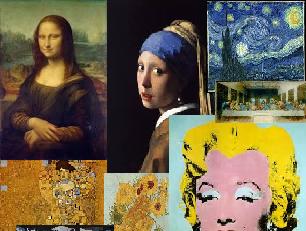
When I look through galleries of “The Best Artists”, “The Most Popular Pictures”, “The Most Impressive Artworks”, I find myself looking at things I don’t particularly like. ‘The Mona Lisa’ doesn’t excite me. ‘Girl With a Pearl Earring’ is just a picture of a girl. Gustav Klimt? No, Thank you. They may be technically capable. They may bring interesting messages, and use groundbreaking techniques. They may be adored by critics, historians and artists the world over. But I can’t find myself getting excited about them.
This is not to say that I don’t like well made art, or art with meaning, just that I happen to have a difference of opinion with the wider Art World.
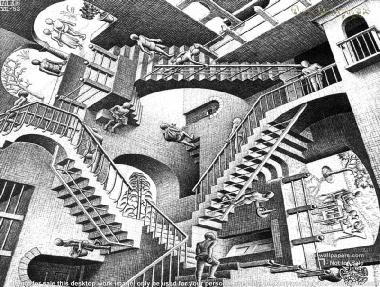 I do like a lot of M. C. Escher’s (1898-1972) work. I find his way of looking at things to be intriguing, and his ‘impossible structures’ quite tantalising. Aside from his obvious talent at drawing, his view of design and use of repeating patterns leads to mesmerising pieces. I saw a print of ‘Belvedere’ when I was about 10 years old, and it inspired me to find more of his work. I had soon discovered many of his other works, and was fascinated by the mathematical patterns found in them, particularly his work inspired by Möbius Strips. Despite not being introduced to Mathematics until aged 39, he went on to become a respected figure in the fields of Topology and Division of Planes, and performed several lecture tours.
I do like a lot of M. C. Escher’s (1898-1972) work. I find his way of looking at things to be intriguing, and his ‘impossible structures’ quite tantalising. Aside from his obvious talent at drawing, his view of design and use of repeating patterns leads to mesmerising pieces. I saw a print of ‘Belvedere’ when I was about 10 years old, and it inspired me to find more of his work. I had soon discovered many of his other works, and was fascinated by the mathematical patterns found in them, particularly his work inspired by Möbius Strips. Despite not being introduced to Mathematics until aged 39, he went on to become a respected figure in the fields of Topology and Division of Planes, and performed several lecture tours.
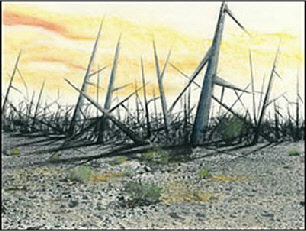
In 1993, the American Dept. Of Energy released a document discussing the ways to ensure the long-term security of large radioactive waste dumps. The Marker panel was tasked with finding ways to identify the places as dangerous, that would last for 10,000 years! While the dialogue on the nature of mankind and how future generations may respond to such markers is very interesting, the designs themselves have a certain aesthetic appeal (to me, at least). The design shown here is a field of spikes, while other ideas included large, close-set stone blocks and menacing earthworks. The use of particular forms to denote danger, and encourage people to leave the place speaks to the deeper nature of our fears.
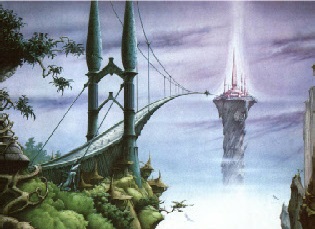
Revealing some of my heritage, I am a big fan of Rodney Matthews. His fantasy Art, often featured on heavy metal album covers, shows a rich imagination and an ability to turn that into engaging art. Much of his work uses familiar scenes, mixed with futuristic, often post-apocalyptic, themes including space ships, alien races and a variety of technical and mechanical artefacts. His combinations of vibrant colours mixed with more sombre tones creates vivid scenes, with a realism beyond their obviously imagined content. Attention to detail is very important, and many of his works include fine detail pieces that could make a work all of their own.
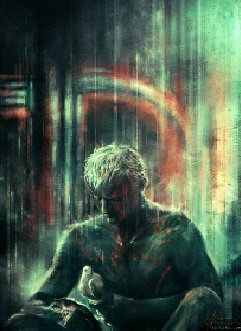
The Cyberpunk genre has distilled our fear of the future into many dystopian nightmares, usually featuring a large split between the people who embrace the ever-changing technological progress, and those who struggle to keep up. While much of the art produced focuses on hedonism and shock-value prosthetics (plus more and bigger handguns than you can imagine!), the best works are thought-provoking pieces looking at how humans, either as individuals or a race, cope with new challenges to what it is to be human, how technology insinuates itself into our lives and even our bodies.
‘Soliloquy’ recreates the classic scene from Blade Runner where Roy (an android) realises that, after spending the movie trying to find immortality, he must face up to his death, and ends on a very moving speech.
I hope this brief look into the art that I like gives some idea of what inspires me. It’s difficult to pick just the top few, but these examples should give you an insight into why I like Art.